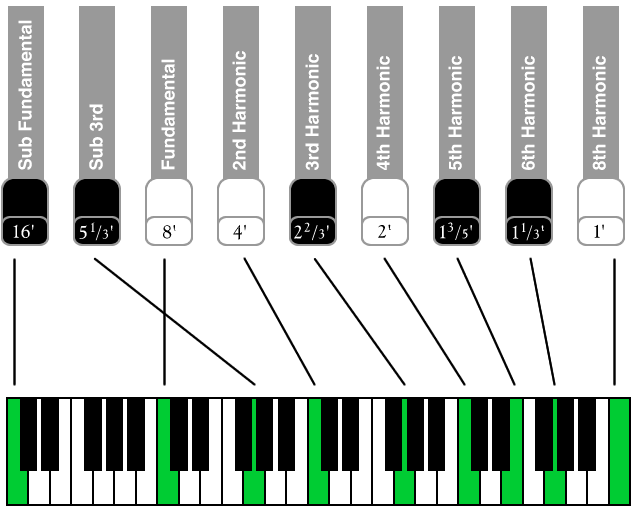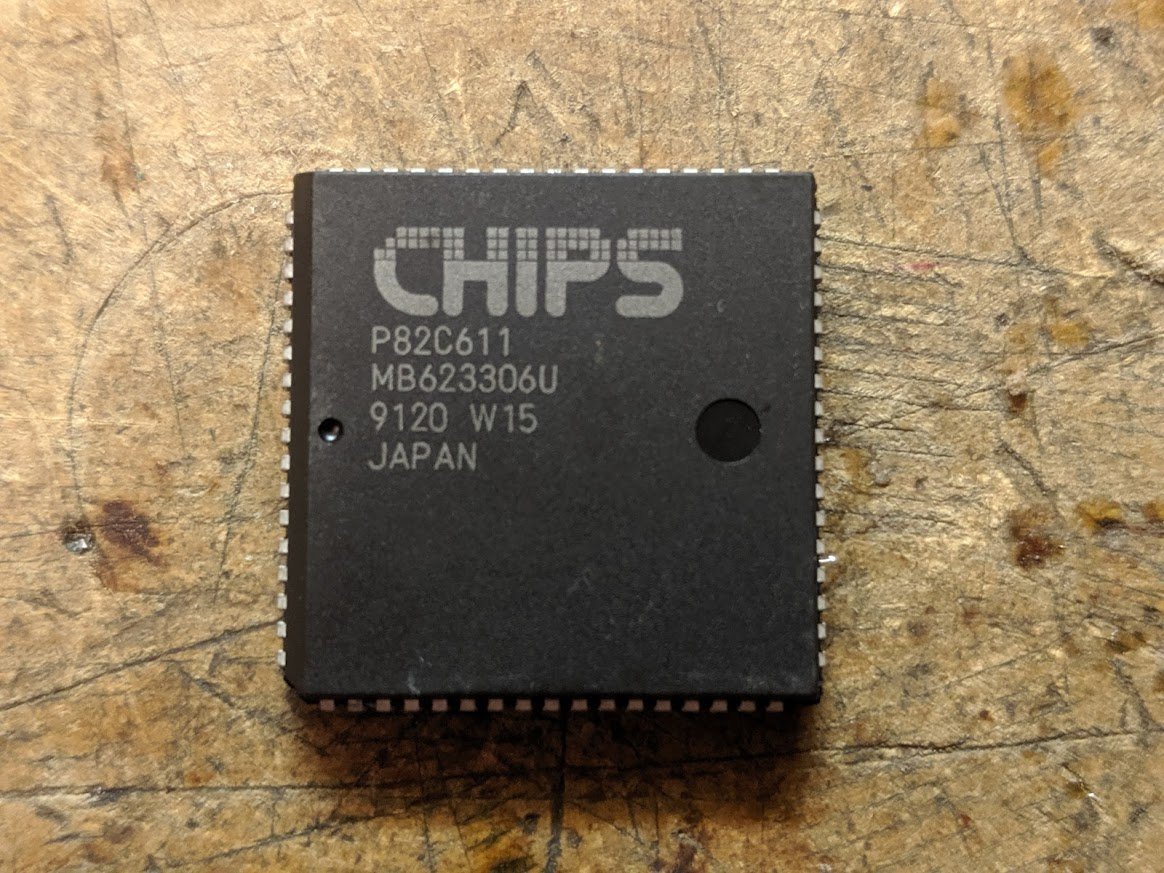
i have a theory about the name of the iconic Roland TR-808 drum machine. the "TR" part stands for Transistor Rhythm but where does the 808 part come from? 🧵 
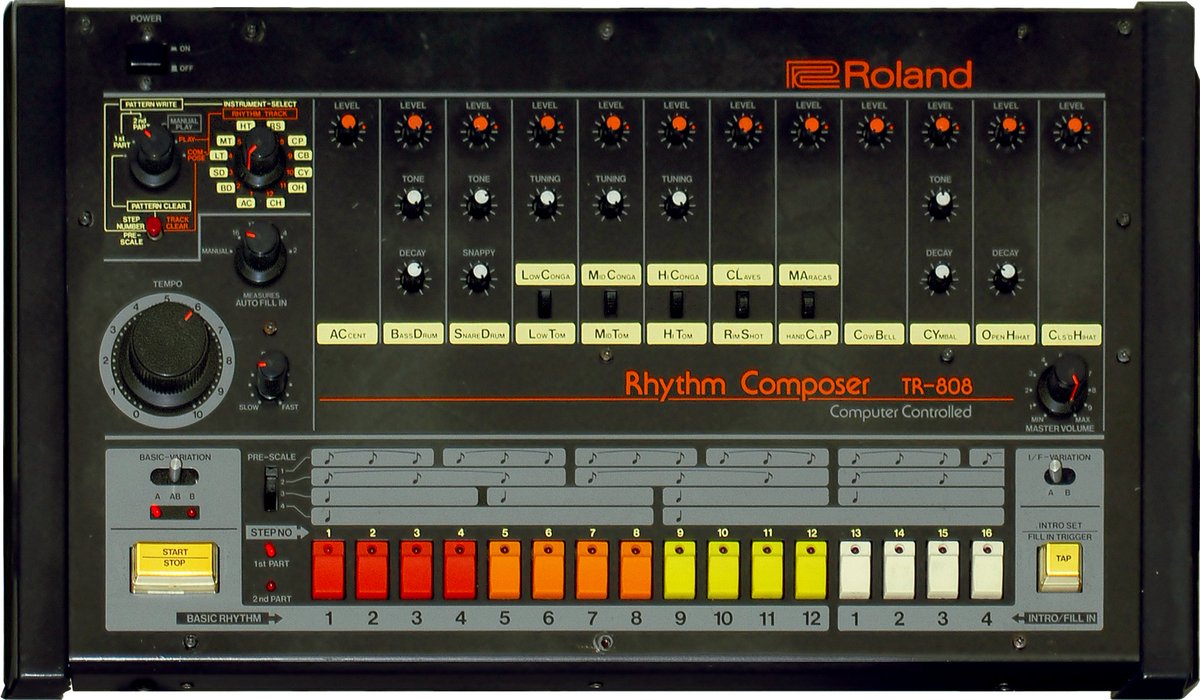
the Hammond Organ was a very unique instrument invented in the 1930s, and it was one of the first instruments you could call a synthesizer.
to generate sound, it had rows of gear-like wheels called tonewheels. next to each tonewheel was a coil of wire that acted very much like a guitar pickup. 
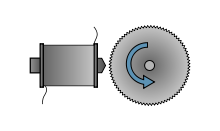
instead of a vibrating guitar string, the tonewheel's teeth created a similar effect, generating a sound.
so now you can generate a single tone, called the fundamental. but what if you generate multiple tones per note?
these are called harmonics which *add* to the sound. the hammond organ has a set of controls called "drawbars" which let you mix in different amounts of each harmonic so that you can shape the sound of the organ. 
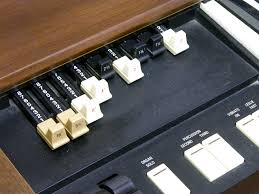
so how does this tie in with the TR-808? in the early 1970s, Don Lewis, an electrical engineer at Hammond, decided to jump ship and start consulting with a brand new company called Roland. 
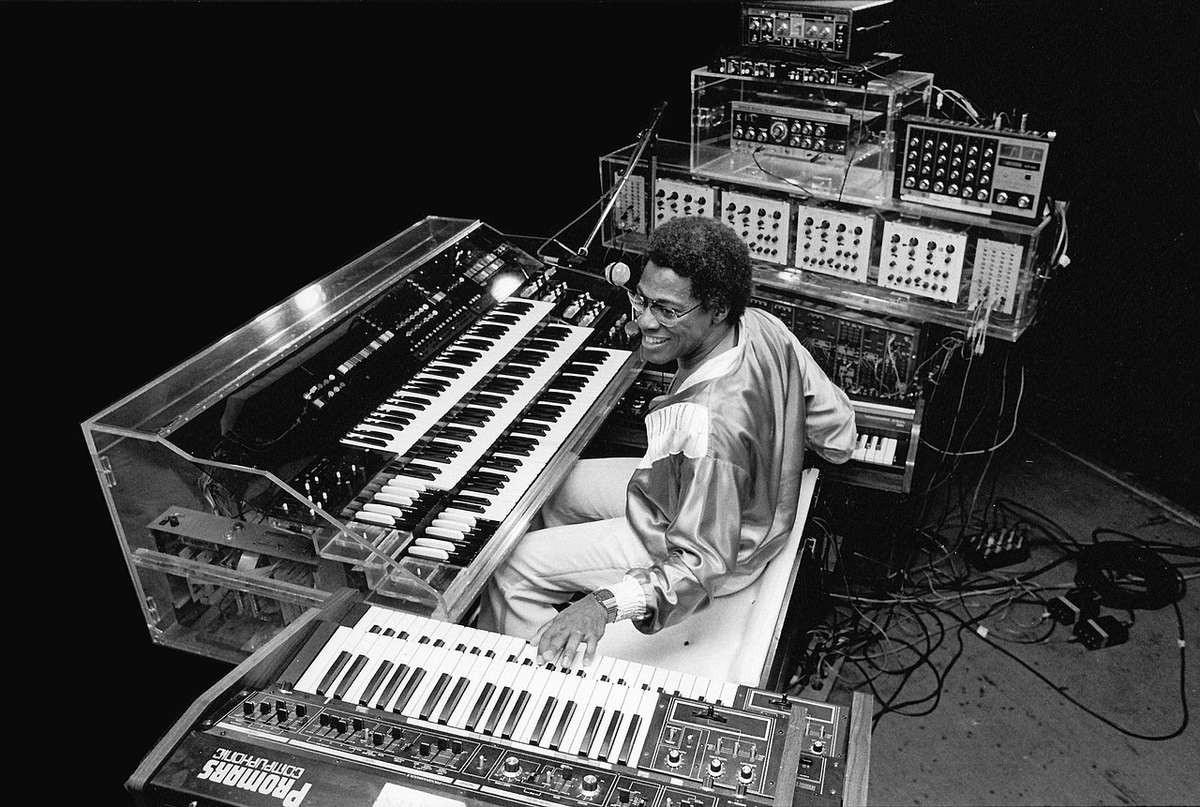
Don had done a lot of experimentation with a drum machine made by a company called Ace Tone. turns out--Roland was founded by the former CEO of Ace Tone!
one of the modifications Don made to the Ace Tone machine was to program his own rhythms--the original device only supported preprogrammed patterns.
so he brought in his expertise and helped design the TR-808, a fully programmable drum machine using analog synthesis techniques to generate the sounds (no digital patches here!)
but why the 808? well, remember those drawbars?
since each drawbar has a number, you could record the setting for a patch by writing each number in sequence. 
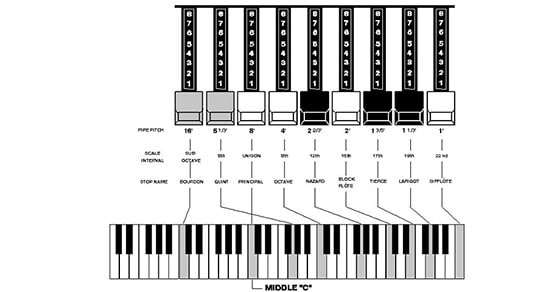
0 would mean "off" and 1-8 refers to the minimum and maximum settings for each harmonic.
turns out, "808" refers to a specific setting on the hammond organ: maximum for the fundamental, maximum for the *sub fundamental* and everything else turned off
the sub fundamental drawbar generates a tone at half the frequency of the fundamental--one octave below.
basically the sub fundamental makes it sound phat
and you know what? the TR-808 uses a sub fundamental tone as part of its iconic kick drum sound!
anyway, that's just my theory. i guess i'd have to ask Don Lewis to see if it is true. i'd love to meet him someday! 
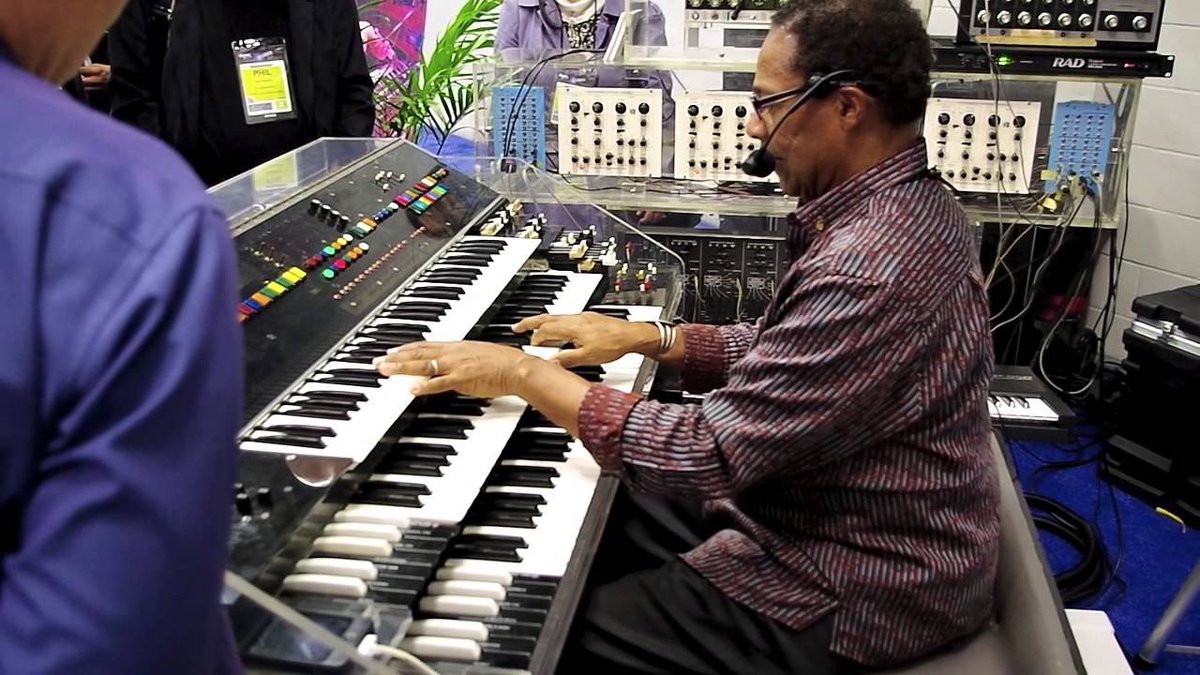
some people are saying that the TR-808 is named so it fits in with Roland's "_0_" naming scheme for a bunch of other products. the TR-808 came first, before all those others, so the naming scheme was derived from this first product.
i was thinking it might be fun to get one to play with but it turns out they're somewhat valuable these days 🤯 
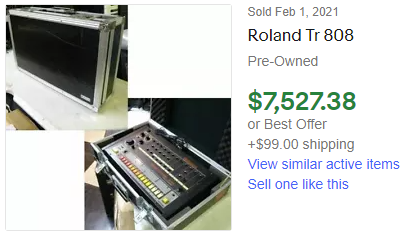
good thing someone's made an emulator that runs right in your browser: io808.com
someone's telling me i'm wrong because the kick drum is just a click and a sine wave. time to dig out the schematics and see! 
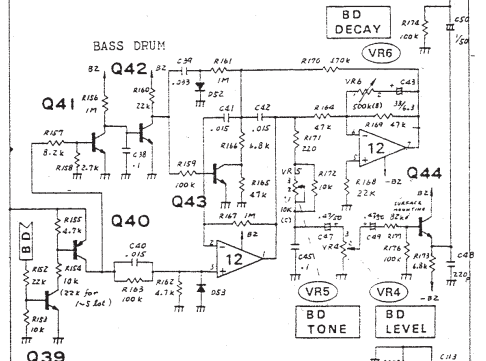
the core of the circuit seems to be the oscillator formed by the op amp in the middle, and the feedback circuit. looks like he's right, just one sine generator BUT what is Q43 doing? 
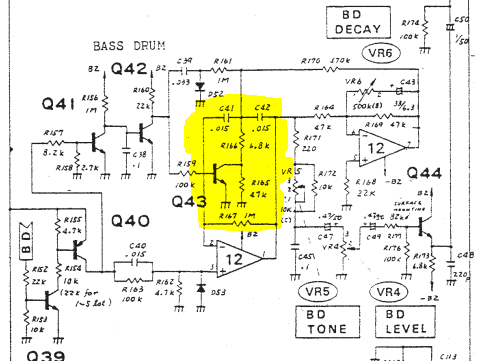
now i don't have a TR-808 to measure. but i do have a well-equipped electronics lab 😂
so here it is: the kick drum circuit from the TR-808 (seems the schematic calls it the bass drum, but that's ok too) 
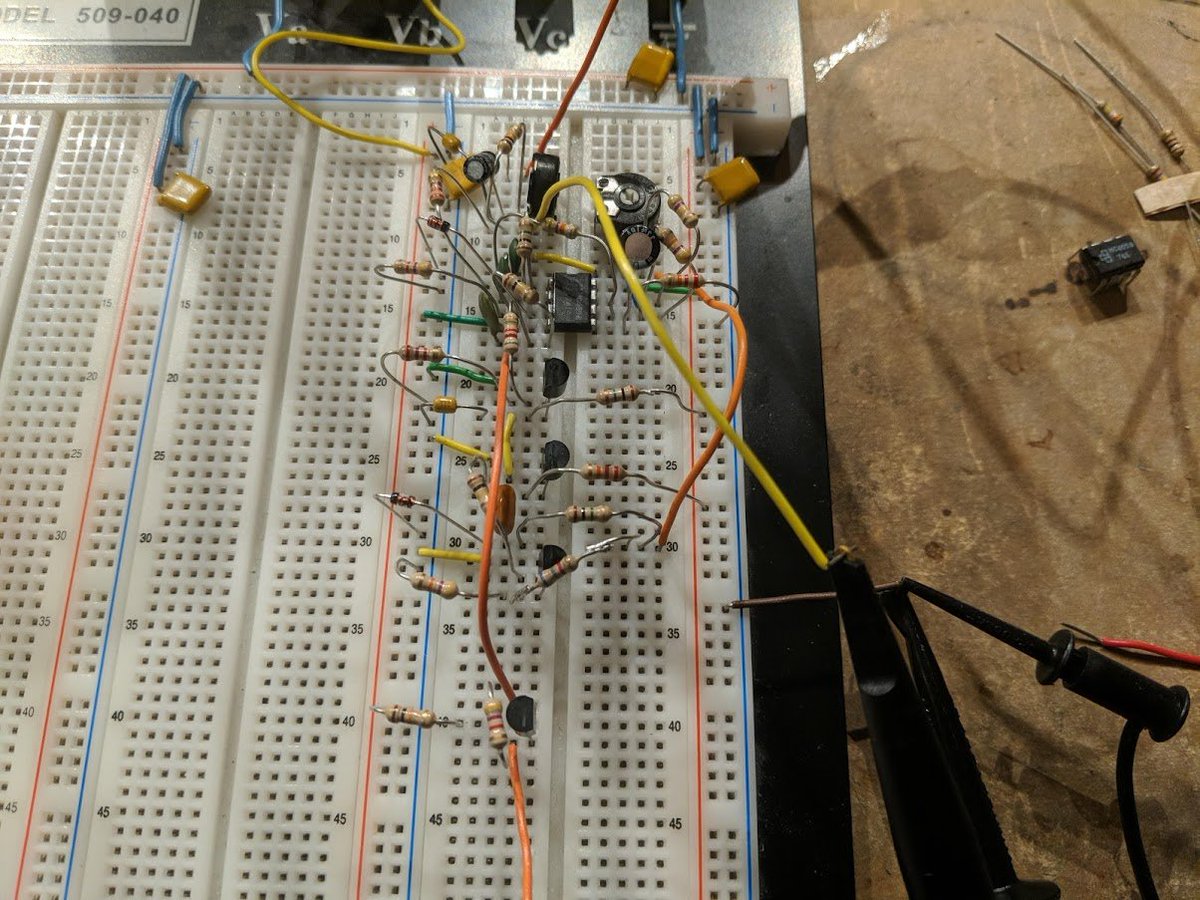
here's the sound and the waveform. it's actually two different sine waves -- just in sequential order! the trailing one is roughly half the frequency.
see, during the trigger pulse, transistor Q43 turns on and shorts out the lower resistor here in the guts of the oscillator. this increases the frequency and provides the initial part of the sound. 
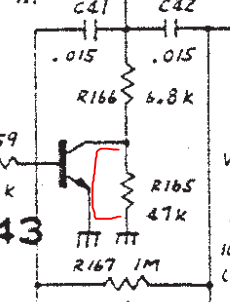
(there's also a bit of a click that also makes it through. you can't see it on the scope because the scope trigger misses it)
(i'm exaggerating the length of that first sine wave by purposefully making the trigger pulse longer)
so anyway, the name thing is just a theory. to me it seems plausible but who knows. maybe it was named after the TS-808 guitar pedal. maybe it was named after the year it launched: 1980. 🤷♂️
let's look at the TR-808 noise generator! this clever circuit uses a transistor in avalanche breakdown to generate noise. the "R" in the part number means "reject" - these transistors didn't meet spec! 

in avalanche mode, a voltage *higher* than the maximum reverse base-emitter voltage gets applied. the max rating is typically 6v, and this goes above that. the 1 meg resistor limits the current to 10-15uA so the transistor won't get damaged. 

this high electric field accelerates the charge carriers in the transistor and can (randomly) knock loose additional carriers. left unchecked, this causes avalanche breakdown and the device destroys itself!
but if you limit the current with a big resistor, then it never reaches breakdown, and instead you get a random variation in current. amplify this and you now have a white noise source!
baseline: a 2N3904. yep, sounds like noise.
this BC107 generates a lot more noise! and you can hear a popcorn-like sound. 🤔
here's a 2N5830 which also generates the popcorn sound. it almost sounds like a vinyl record in a quiet passage.
a 2N3704 has a very different characteristic sound.
built up the snare drum circuit. this uses a burst of white noise along with two tone generators.
• • •
Missing some Tweet in this thread? You can try to
force a refresh

